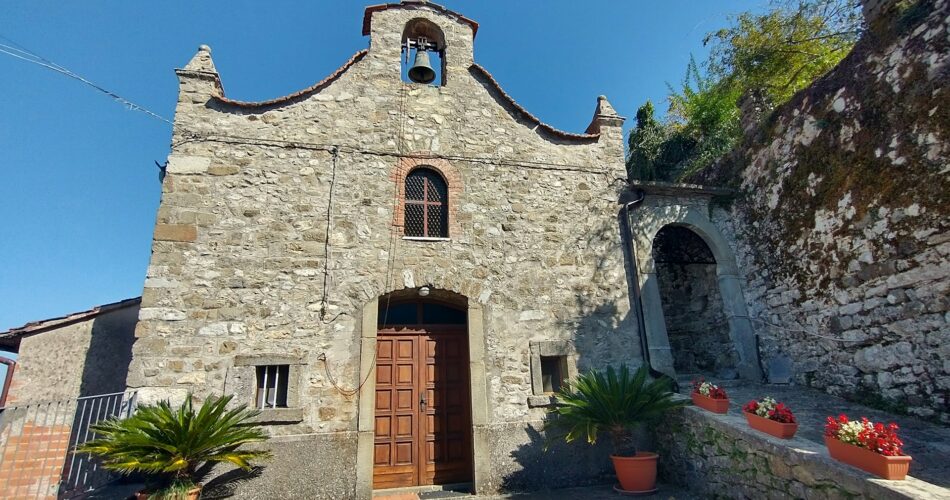It’s a shocking discovery.
During renovations at St. Mary’s Church in Gardelegen, Germany, more than 1,000 artifacts were unearthed, some of which date back to the church’s origins in the 13th century. The excavation, carried out between June 2022 and September 2023 as part of a project to install under-floor heating, revealed many historical objects hidden beneath the church’s wooden floor. The dig spanned an area of 145 square meters.
Among the discoveries were 679 coins or fragments of coins, alongside items like dress pins, ceramics, book clasps, glass fragments, animal bones, beads, and tweezers. One of the more fascinating finds was a small 8-centimeter bronze monkey figurine discovered in the church’s nave. The figure, holding a horn, has led to debate among experts as to whether it is shown drinking or playing a musical instrument.
The bronze monkey figurine fits with medieval church traditions, in which monkeys often appeared in art as symbolic representations of human behavior, frequently associated with moral failings or sins. The State Office for Heritage Management and Archaeology has noted that, during this period, monkeys were sometimes depicted as demonic figures or used to mock immoral behavior.
The town of Gardelegen, where the church is located, is a historically significant settlement in the Saxony-Anhalt region of Germany, dating back to the 10th century. Throughout history, the town experienced key events, including struggles during the Thirty Years’ War, and is also remembered for the tragic massacre of over 1,000 concentration camp prisoners during World War II.
